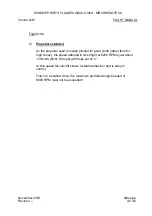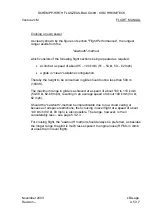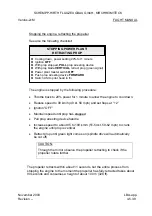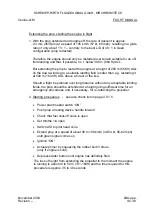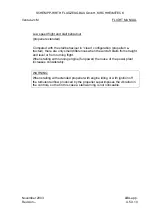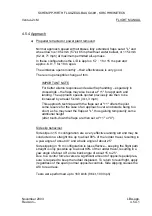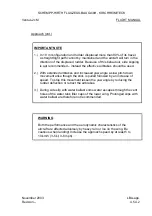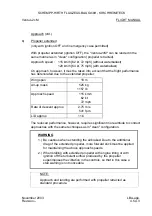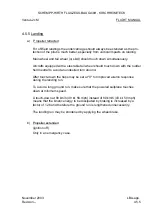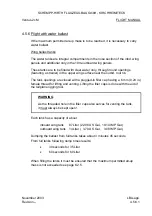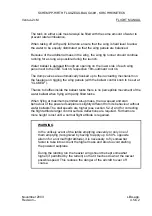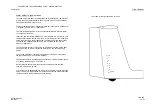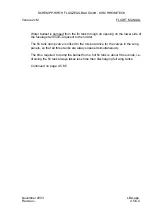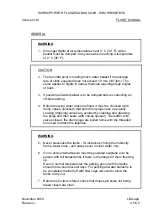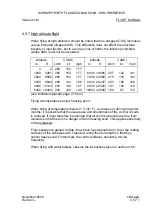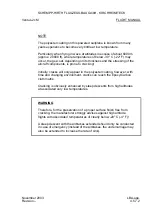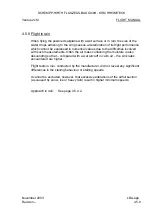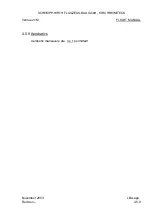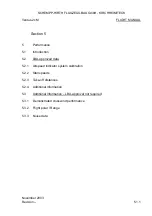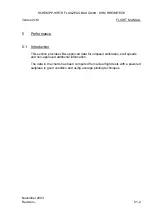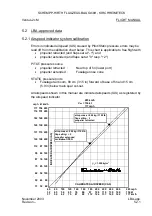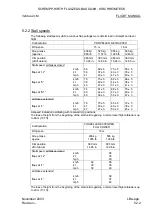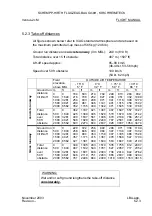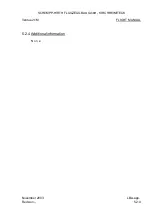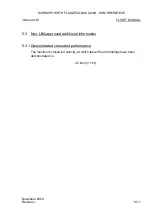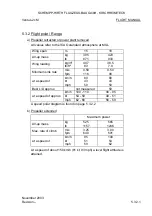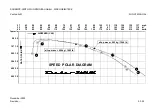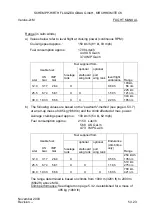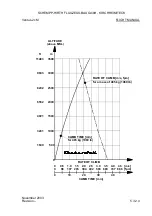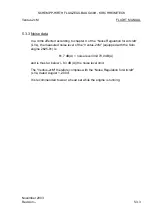
SCHEMPP-HIRTH FLUGZEUGBAU GmbH., KIRCHHEIM/TECK
Ventus-2cM
FLIGHT MANUAL
4.5.7 High altitude flight
When flying at high altitude it should be noted that true airspeed (TAS) increases
versus indicated airspeed (IAS). This difference does not affect the structural
integrity or load factors, but to avoid any risk of flutter, the following indicated
values (IAS) must not be exceeded:
Altitude V
(IAS) Altitude V
(IAS)
m ft km/h kt mph m ft km/h kt mph
0
0
285
154
177
1000
3281
285 154 177 6000
19685
227 122 141
2000
6562
285 154 177 7000
22966
215 115 134
3000
9843
266 143 166 8000
26247
203 109 126
4000
13123
253 136 157 9000
29528
191 102 119
5000
16404
240 129 149
10000
32808
180 97 112
(see limitations placard page 2.15 too)
Flying at temperatures below freezing point
When flying at temperatures below 0° C (32° F), as in wave or during the winter
months, it is possible that the usual ease and smoothness of the control circuits
is reduced. It must therefore be ensured that all control elements are free from
moisture so that there is no danger of them freezing solid. This applies especially
to the airbrakes!
From experience gained to date it has been found beneficial to cover the mating
surfaces of the airbrakes with "Vaseline" along their full length so that they
cannot freeze solid. Furthermore the control surfaces should be moved
frequently.
When flying with water ballast, observe the instructions given in section 4.5.6.
November
2003
LBA-app.
Revision --
4.5.7.1
Содержание Ventus-2cM
Страница 11: ......

